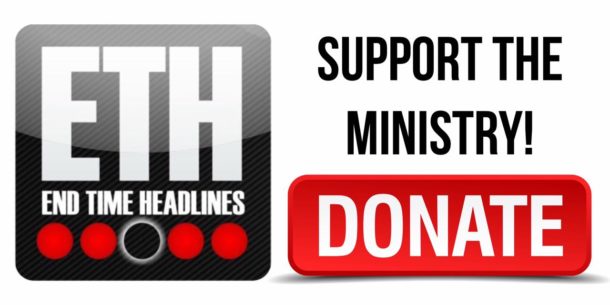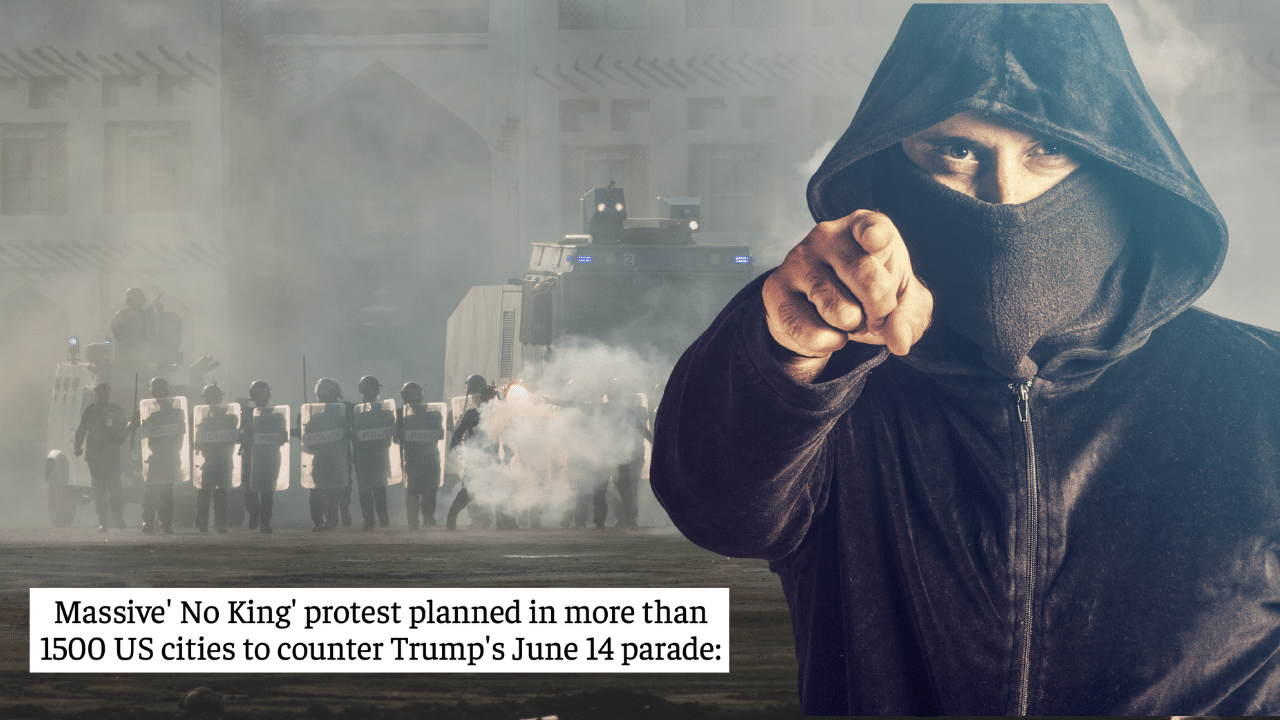President Donald Trump’s latest tariff proposals have sparked widespread concern among economists and policy analysts, with multiple news outlets reporting that these measures will disproportionately affect lower-income households.
The tariffs, targeting imports from countries such as China and Vietnam, are expected to raise the cost of everyday essentials like food, clothing, and electronics—items that form a significant portion of the budgets of America’s poorest families.
NBC News recently highlighted the economic fallout of these tariffs, noting that lower-income households, which spend a larger share of their earnings on basic goods, will bear the brunt of the price increases.
Unlike wealthier Americans, who can more easily absorb higher costs or shift spending to domestic alternatives, those in the bottom income brackets have fewer options.
Economists cited in the report estimate that these tariffs could reduce after-tax incomes for the lowest earners by as much as 6.3%, a stark contrast to the minimal impact felt by higher-income groups.
The Washington Post echoed this sentiment, pointing out that Trump’s tariff strategy—touted as a means to protect American jobs—often overlooks the ripple effects on consumers.
The paper referenced historical data from Trump’s earlier tariff policies, which similarly hit low-income Americans hardest by driving up the cost of imported goods like clothing and groceries. The burden is expected to intensify with the new tariffs expanding to cover a broader range of products.
Bloomberg provided a deeper dive into the mechanics, explaining that tariffs act as a regressive tax, disproportionately taxing those who can least afford it.
The outlet noted that essentials like cheap electronics and apparel, heavily reliant on imports from Asia, will see significant price hikes.
For a family already stretched thin, an extra few dollars on a pair of shoes or a week’s groceries could force tough trade-offs—skipping meals or forgoing other necessities.
CNN added a political angle, reporting that critics of the policy, including some Democratic lawmakers, argue it contradicts Trump’s populist promises to uplift working-class Americans.
They point to the disparity between his tax cuts, which largely benefit higher earners, and these tariffs, which hit the poorest the hardest.
One analyst quoted in the piece suggested that the tariffs could cut the purchasing power of low-income households by up to 4%—double the impact on the wealthiest Americans.
Reuters offered a global perspective, noting that retaliatory tariffs from affected countries like China could further complicate the situation, potentially raising costs on additional goods and squeezing American consumers even more.
The outlet emphasized that while the tariffs aim to bolster domestic manufacturing, the immediate pain will be felt most acutely by those least equipped to weather it.
Fox News, while acknowledging the potential downsides, framed the tariffs as a necessary trade-off for long-term economic gains.
The network quoted supporters of the policy who argue that short-term price increases are a worthwhile cost to bring jobs back to the U.S. However, even their coverage conceded that low-income families, reliant on affordable imports, will face the most immediate challenges.
The Associated Press underscored the human cost, citing interviews with families already struggling to make ends meet. For these households, the prospect of higher prices on basics isn’t just an economic statistic—it’s a daily reality that could mean cutting back on essentials or dipping into meager savings.










